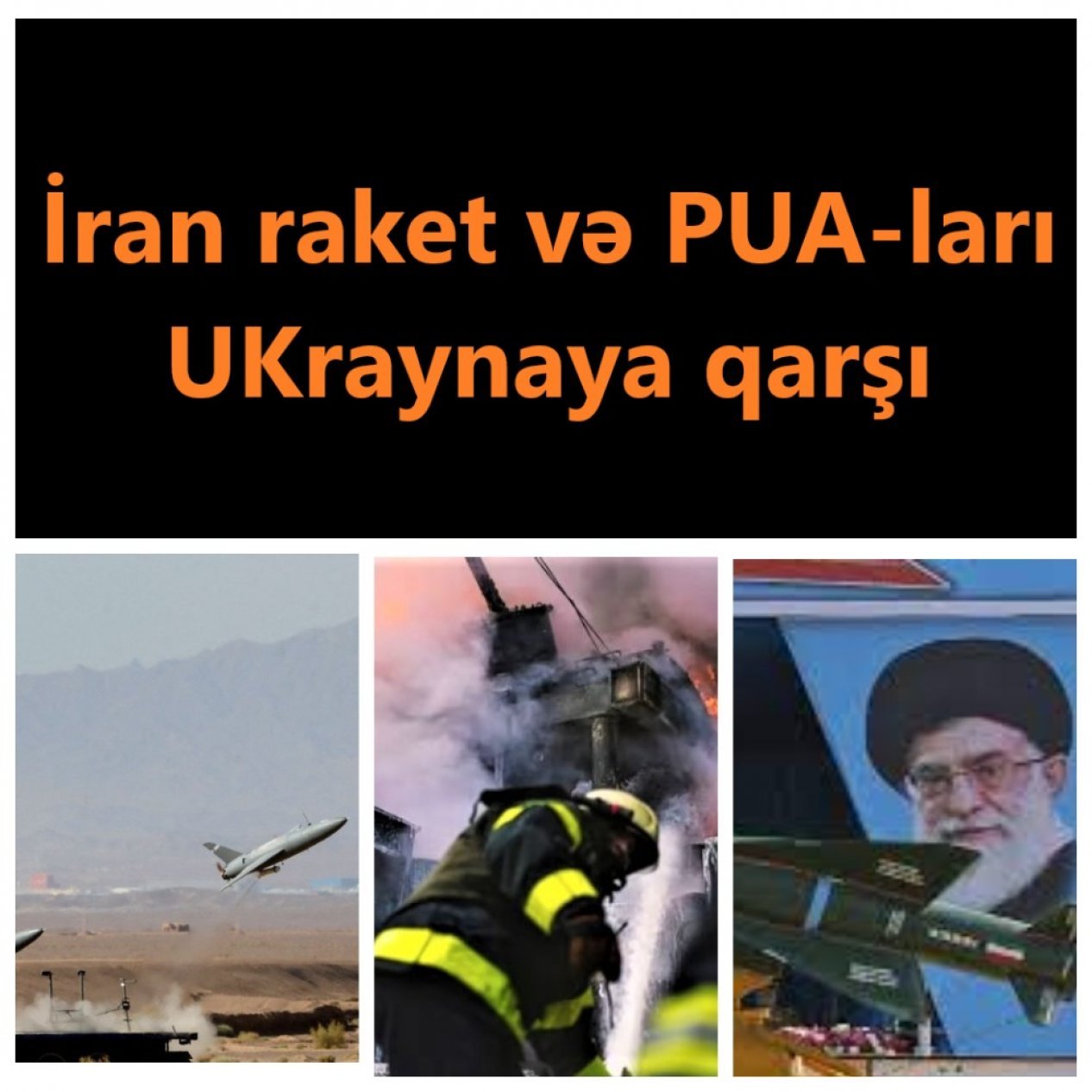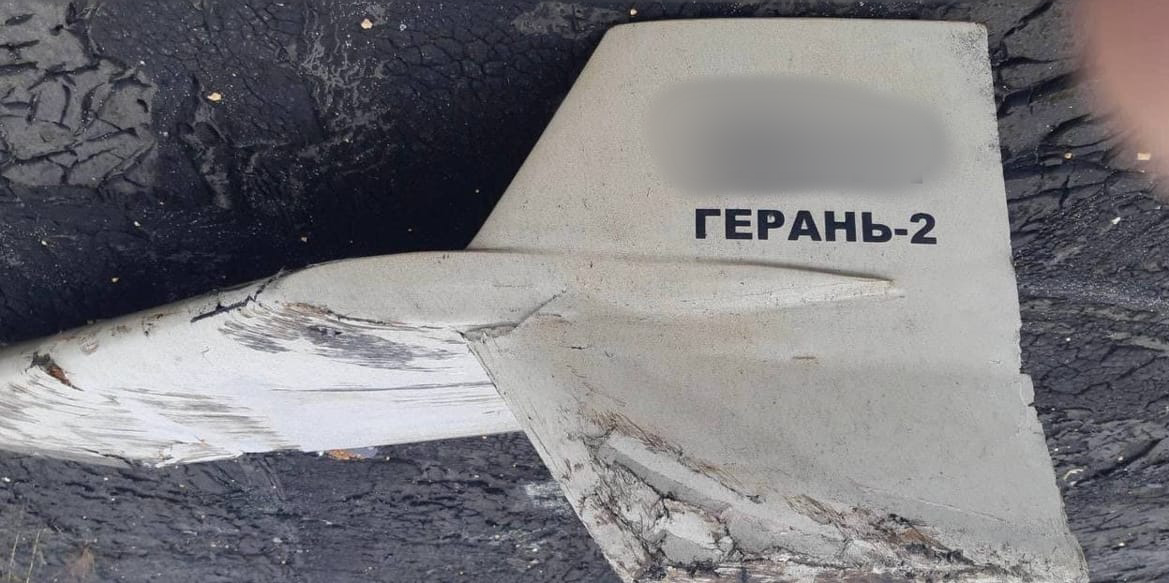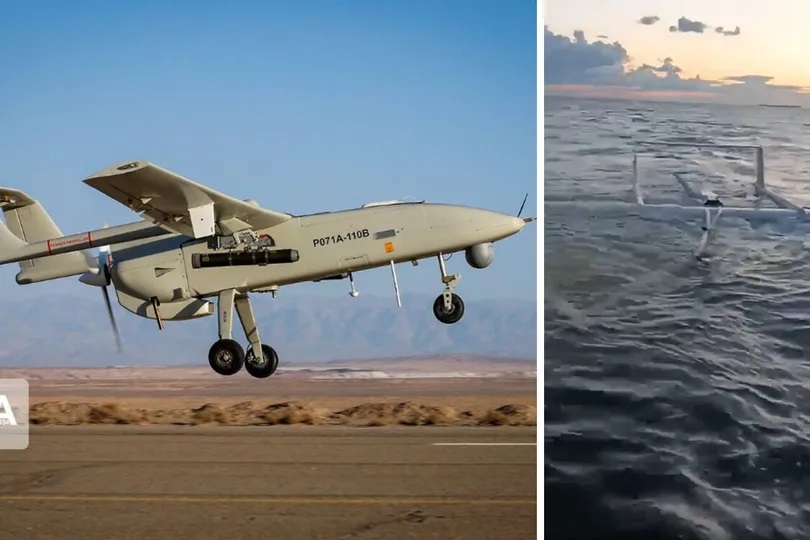
International accusations and a number of facts about Iran providing Russia with various types of weapons, including unmanned aerial vehicles, kamikaze drones, in the war with Ukraine, have made Iran face the threat of new sanctions. Intelligence reports on Iran's extensive use of drones in Russia’s recent missile attacks on Kyiv, monitoring of detected weapons, and other compelling arguments have created legal grounds for sanctions. The materials presented by the Ukrainian government regarding the participation of Iran's military-industrial complex in the bombing of Kyiv and other areas made the application of international sanctions and embargoes against Iran even more topical. (source)
What are the facts about the use of Iranian military weapons in Ukraine?
The Defense Ministry of Ukraine announced that those attacks were carried out by Shahed-136 kamikaze drones released by Iran Aircraft Manufacturing Industrial Company (HESA), and footage of the drone's neutralization was released.

Also, the remains of Iran-made Geran-2 (M412 Geran-2) UAVs neutralized on the territory of Ukraine were displayed on social media.
The Ministry of Defense of Ukraine also presented the facts about the participation of Iran's Mohajer-6 UAVs in the battles. The video released by the Armed Forces of Ukraine shows that the drone has a fairly large size.
Kyrylo Budanov, chief of the Defense Intelligence of Ukraine, said Moscow ordered more after Iran delivered the first batch of 1,750 drones to Russia. In the past week alone, more than 100 Iranian-made kamikaze drones have struck power plants, sewage treatment plants, residential buildings, bridges and other targets. (source)
The Defense Ministry of Ukraine and security agencies report that Iranian-made Shahed-136, Mohajer-6, Geran-2 (M412 Geran-2) UAVs and Fateh-110, Zolfaghar missiles hit military-civilian infrastructures.
Foreign mass media, including the influential Washington Post newspaper, published material reflecting the provision of arms support from Iran to Russia. Citing a senior government official, the newspaper said the increased flow of arms from Tehran is helping offset steep Russian arms losses and replenish a dwindling stockpile of precision-guided munitions for Moscow's military. For this purpose, it is planned to deliver a new batch of Fateh-110 and Zolfaghar missiles from Iran to Russia along with UAVs. (source)
High-ranking officials of the European Union identified Iranian drones, Shahed series and Mohajer-6, supplied by Tehran to Russia in August. Remains of both have been found, analyzed and photographed by Ukrainian forces in recent weeks.
The official military structures of Russia have also admitted that Iran used kamikaze drones in the war with Ukraine. Ruslan Pukhov, member of the Public Council under the Ministry of Defense of the Russian Federation, director of the Russian Strategy and Technology Analysis Center, confirmed the fact. During his TV interview, he forgot to turn off the microphone during the live broadcast and said that Iranian UAVs were used in battles.
After all these irrefutable facts, President of Ukraine Volodymyr Zelenskyy instructed the Ministries of Defense and Foreign Affairs to take steps in accordance with international law and take appropriate measures against Iran based on the evidence obtained regarding the supply of Iranian-made weapons to Russia. According to that task, on September 23, the charge d'affaires of the Islamic Republic of Iran in Ukraine, Manouchehr Moradi, was summoned to the Ministry of Foreign Affairs of Ukraine in connection with the supply of drones to Russia and was deprived of ambassadorial accreditation.

The US State Department and the European Union also reacted strongly to the issue. State Department spokesman Vedant Patel said that Britain and France also consider Iran's supply of drones to Russia as a violation of UN Security Council Resolution 2231 (between Iran and Britain, China, France, Germany, Russia and the United States, which restricts Tehran's uranium enrichment activities, an agreement that prohibits Iran from developing nuclear weapons and the sale of embargoed weapons, reflecting other military prohibitions). Iran defies Western sanctions by supplying the Russians with drones and missiles in the Russia-Ukraine war. For this reason, the department took the initiative to expand sanctions against Iran.
EU foreign policy chief Josep Borrell also announced the next package of sanctions against Iran, declaring that they have obtained ‘concrete evidence’ regarding the Shahed-136 drones.
Thus, the US and the EU have finalized their joint decision on a new package of sanctions against Iran, and the document is being discussed by the US Treasury's Office of Foreign Assets Control (OFAC) and the State Department. (source)
By the way, a few days ago several Iranian companies engaged in the sale and transportation of oil and petrochemical products were accused of suspicious shipments and punished by the Office of Foreign Assets Control of the US Treasury. OFAC imposed sanctions on a network of international companies engaged in the sale of Iranian petroleum and petrochemical products in South and East Asia. The sanctions package includes the names of Iranian broker-companies belonging to the UAE, Hong Kong and India, which carry out financial transfers and transportation of Iranian oil and petrochemical products in illegal ways and use various "easy means" to avoid sanctions. They include Triliance Petrochemical Co. Ltd, Persian Gulf Petrochemical Industries Company, Zhonggu Storage and Transportation Co. Ltd, WS Shipping Co. Ltd, Kimia Pars Co, Tibalaji Petrochem Private Limited, Sierra Vista Trading Limited, Clara Shipping LLC. (source)
Along with the US, the EU has imposed new sanctions of the same nature against Iran. Ann Linde, the minister of foreign affairs of Sweden, who made a statement about the sanctions, said that the EU took the current step using its right to protest and adopted new targeted sanctions against individuals and institutions responsible for Iran's serious human rights violations.
These are still soft sanctions. It is expected that Iran will be subject to the toughest sanctions of the US and the EU if it continues to supply missiles and anti-aircraft missiles.
In the background of all this, another picture emerges, the new sanctions against Iran may directly include Armenia, Yerevan has been actively playing Iran's games in recent days.
Iran's Foreign Minister Hossein Amir Abdollahian said in a briefing after the meeting with his counterpart Ararat Mirzoyan in Yerevan that Iran will not accept any geopolitical changes in the "historical borders" in the region and will not allow the "red lines" to be crossed. Saying that "we will take all steps" to protect Armenia, the minister did not rule out military support. (source)
The fact is that Iran is currently involved in the Russia-Ukraine war and is bombing Ukrainian cities. The US and the EU considered it a clear external intervention and put further sanctions against Tehran on the table. In such a situation, Iran opens the door to military-technical cooperation with Armenia and declares its intention to provide the Armenian army with anti-aircraft missiles and missiles. Major General Yahya Rahim Safavi, senior military aide of Iran's supreme religious leader, Ayatollah Khamenei, admitted that Iran will satisfy Armenia's request for the purchase of drones. In other words, preparations are being made for the arming of Armenia at the level of the supreme religious leader.
However, Iran and Armenia forget that the aforementioned weapons have been monitored at the UN and NATO levels, and Iran, which has faced heavy sanctions for the supply of those military equipment and will likely be punished with more shocking new sanctions in the coming months, is throwing its close partner Armenia into the fire in exchange for these steps. The West is not going to forgive its friends who are partners in the arms trade, as well as Iran, which has crossed the "red line."




















